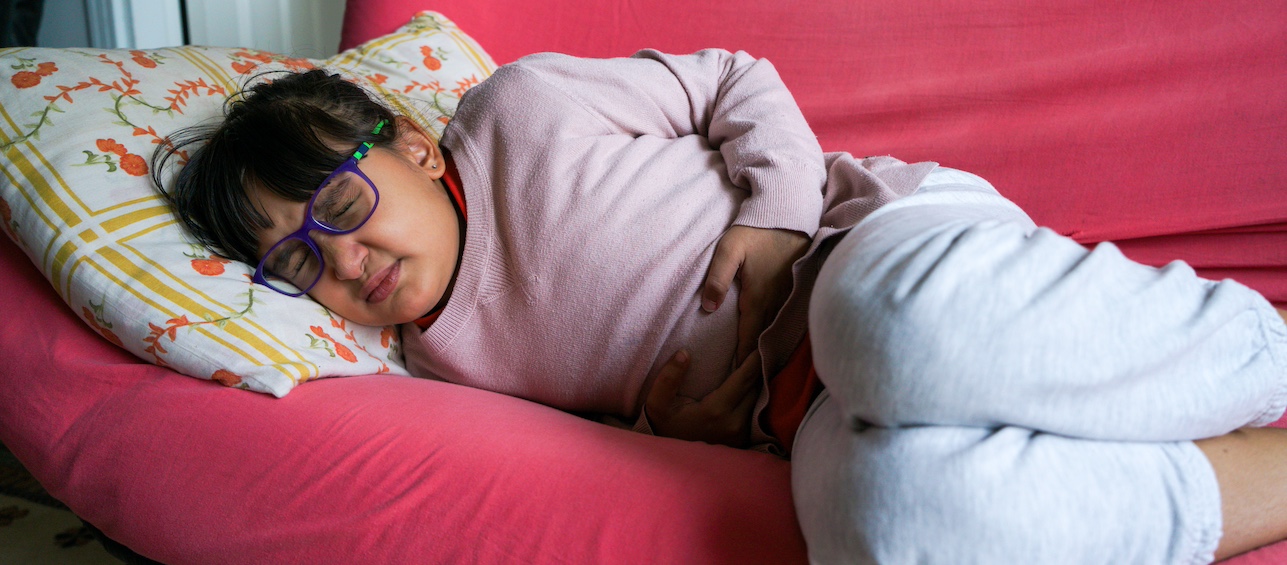Comparative effectiveness research is all the rage in medical and political circles these days. It’s the simple-sounding concept of comparing treatments and interventions to figure out which one is best for which patients. It’s not something we’ve done a lot of in medicine, but that’s about the change.
As part of this year’s health care reform and the federal economic stimulus package approved in 2009, there is a lot of emphasis on this kind of work. That means the feds are offering a lot of money to researchers to determine the best course of treatment, instead of just letting individual doctors rely on their own experience and anecdotes of colleagues to guide them. Where we have had evidence, it too often has only been for the “average” patient – usually an adult, usually white.
So, this is all good and it has the great potential to achieve system-wide changes in health care quality and  outcomes.
outcomes.
But if we’re not careful, children could be left behind. We’ve seen it before.
You see, children are not just small adults. They differ from grown ups in many more ways than size. So the benefits and harms of treatments can’t be simply extrapolated from adults to children. We know this. But we haven’t always acted like we did.
Although most marketed drugs, biologics (a wide range of medicinal products) and some medical devices have been thoroughly investigated for use in adults, these products are rarely tested in children. So, we often lack the basic knowledge we need to establish the safety and efficacy of these treatments.
But we have a chance with this push for comparative effectiveness research to correct some of the deficiencies in evidence for children. We must make sure we don’t fall further behind.
The most current issue of Health Affairs, the leading journal of health policy thought and research, focuses on comparative effectiveness research. The first author of one of the articles is our own Dr. Lisa Simpson, director of the Child Policy Research Center at Cincinnati Children’s. In it, she and her colleagues, including Dr. Carole Lannon, another one of our pediatricians, give several specific steps we can take to address the evidence gap in children’s health.
“Overcoming the gaps in evidence in pediatric research will remain a significant challenge,” she writes. “However, investing in determining what works in children’s health today will result in important health gains for all tomorrow.”
Check out the latest issue of Health Affairs and then let us know what you think. We’re listening.




